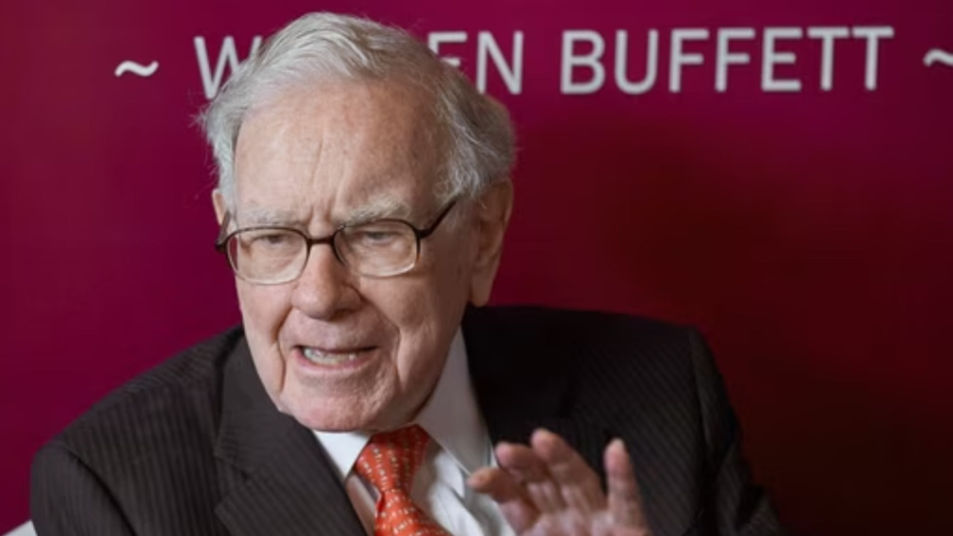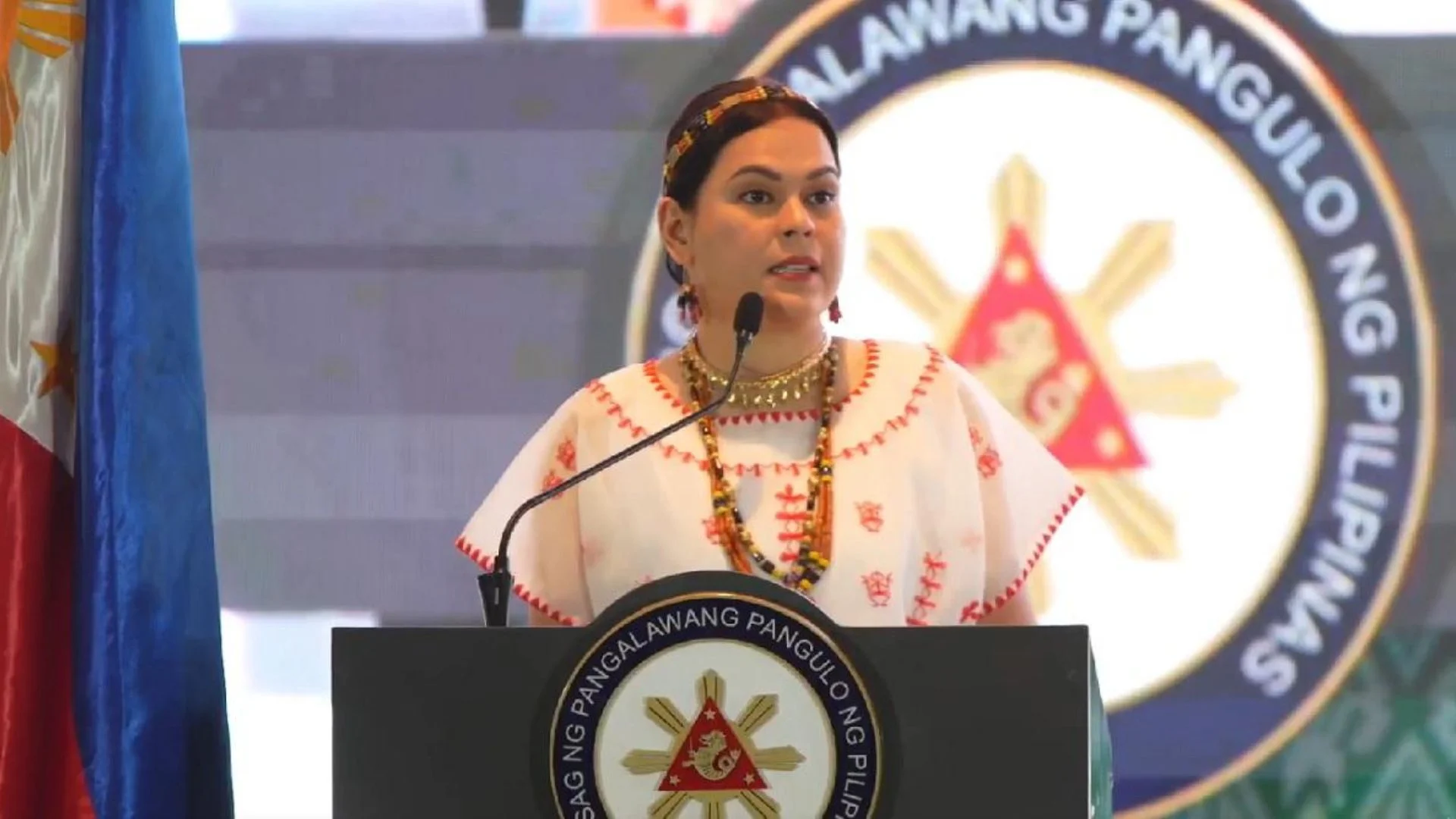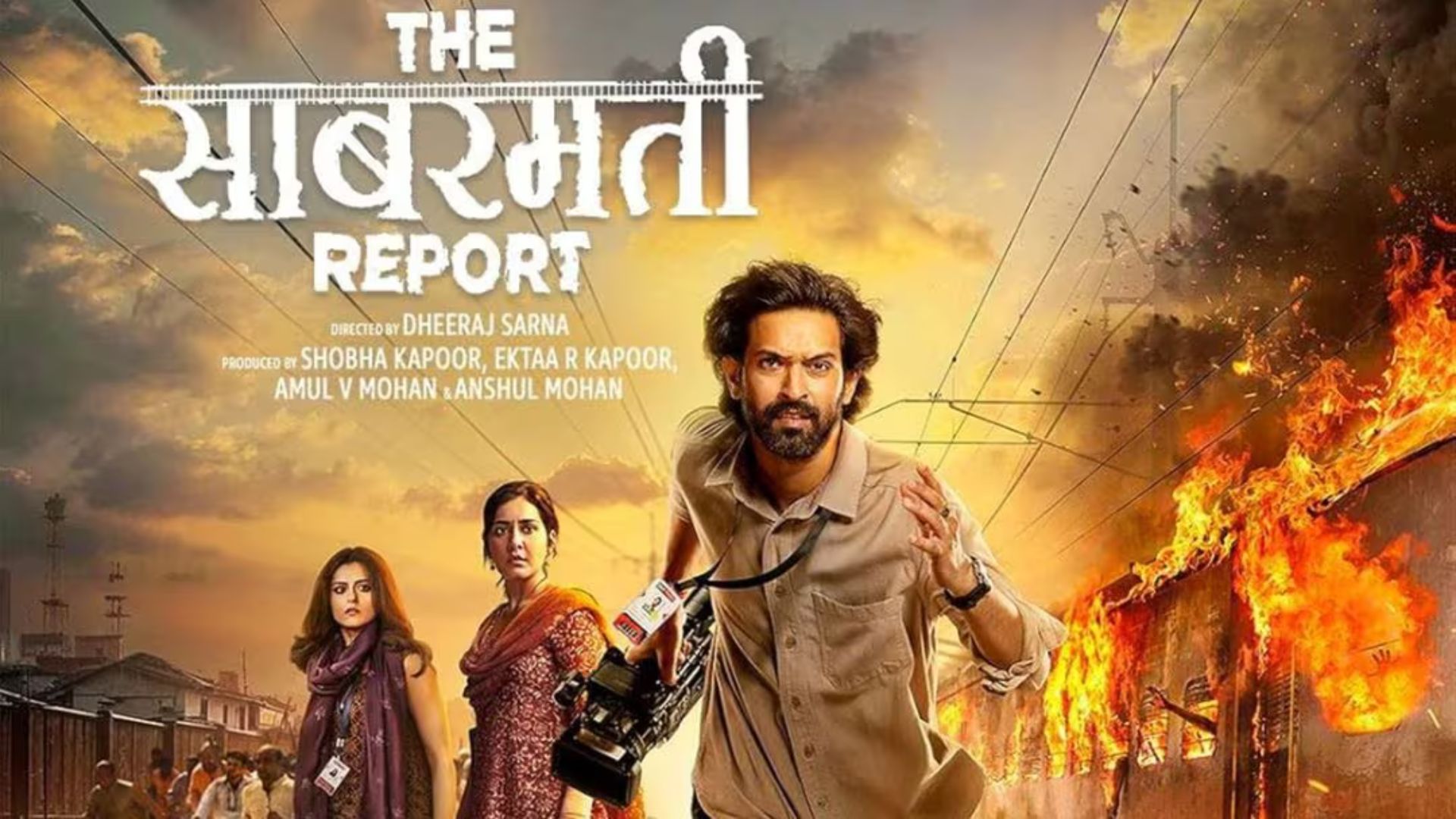
The Ayushman Bharat Pradhan Mantri Jan Arogya Yojana (AB PM-JAY) has extended its coverage to include all Indian citizens aged 70 and above, regardless of income or socioeconomic status, providing annual health insurance of up to ₹5 lakh per senior. For families already enrolled, an additional ₹5 lakh top-up will be allocated specifically for elderly members. This expansion is expected to benefit approximately 6 crore senior citizens across India.
Scheme’s Coverage and Accessibility
AB PM-JAY’s expansion aligns with India’s goal to provide inclusive healthcare as 153 million citizens are already aged 60 and above—a number expected to surge to 347 million by 2050. Seniors under other public health plans like the Central Government Health Scheme (CGHS) or Ex-Servicemen Contributory Health Scheme (ECHS) now have the flexibility to switch to Ayushman Bharat, while those with private insurance may also access its benefits.
WATCH VIDEO:
3/3
👉 All Indian Citizens of age 70 years & above can easily create Ayushman #VayVandanaCard through #AyushmanApp and avail the benefits of Free Treatment of ₹5 Lakh under #PMJAY!▶️Save & Share the Tutorial Link:https://t.co/WOsNEG5n5K
📲Download App:https://t.co/58prkFiWfM pic.twitter.com/m46Kr9DLg1— National Health Authority (NHA) (@AyushmanNHA) October 30, 2024
Dedicated Health Card for Ease of Access
Eligible seniors will receive a distinct health card, simplifying hospital admissions and claims. Health Ministry officials indicate that this streamlined process will reduce administrative delays and enhance transparency, benefiting older patients who often face complex health issues.
Addressing Healthcare Inequities
With a network of over 20,000 hospitals, Ayushman Bharat aims to make high-cost treatments accessible to marginalized and rural communities, directly impacting India’s UN Sustainable Development Goals. However, the scheme’s success depends on infrastructure, particularly in rural areas where healthcare facilities are limited. While only about 30,500 hospitals are enrolled under AB PM-JAY, 68% are concentrated in urban areas, leaving rural seniors at a disadvantage.
An estimated 71% of India’s elderly live in rural areas, where under-resourced facilities may not fully support Ayushman Bharat’s implementation. A health policy expert noted, “Without substantial rural investment, the scheme could fall short for millions in underserved regions.”
Support for Healthcare Workers and On-Ground Infrastructure
Ayushman Bharat now includes ASHA and Anganwadi workers as beneficiaries, recognizing their critical roles in healthcare delivery. This move acknowledges these frontline workers’ contributions and aims to strengthen healthcare in local communities. Experts emphasize that these workers require additional resources and training to effectively extend care benefits to seniors in rural areas, where health infrastructure is sparse.
Political Opposition in Key States
Some states led by opposition parties, notably West Bengal and Delhi, have opted out of the program, arguing that their healthcare systems already provide adequate coverage. However, this exclusion may put seniors in these regions at a disadvantage. Prime Minister Modi recently highlighted that political considerations should not overshadow public welfare, especially in healthcare. Critics argue that elderly residents in these states may feel excluded, potentially pressuring local governments to reconsider their stance.
India’s Aging Demographic and Healthcare Needs
With India’s elderly population growing, the need for geriatric-focused care is critical. In a study by the National Bureau of Economic Research, medical expenses in the U.S. doubled from ages 70 to 90, indicating similar trends could emerge in India due to increased rates of chronic illness, dementia, and other age-related conditions. Polypharmacy—a scenario where multiple medications are prescribed for various conditions—is increasingly common among Indian seniors and presents unique treatment challenges.
Additionally, the prevalence of cardiovascular diseases, diabetes, and arthritis among elderly Indians necessitates a shift towards more integrated, long-term healthcare. AB PM-JAY’s current hospital-centric model, while beneficial for acute treatments, lacks coverage for long-term care options like home healthcare and mental health services, which are critical for elderly patients.
Financial Viability and Provider Support
The expansion to cover an aging population has sparked concerns about AB PM-JAY’s financial sustainability. Healthcare providers, especially smaller clinics, report delays in government reimbursements, which hampers their operations. With senior citizens requiring more intensive care, some clinics worry about the financial strain without timely payments or adjusted reimbursement rates. Analysts warn that unless these financial issues are resolved, facilities may hesitate to provide care under the scheme.
Towards Sustainable and Comprehensive Elder Care
As demand for elder care grows, India’s healthcare infrastructure must adapt. Public health advocates suggest that along with financial support, the government should invest in local healthcare facilities, preventive screenings, and elder-focused outpatient services. Incorporating preventive and geriatric care into the scheme would enhance its effectiveness and potentially lower long-term costs associated with senior care.
Also read: Kejriwal’s Challenge To Modi: Delhi’s Free Healthcare vs Ayushman Bharat
Future implications
Ayushman Bharat’s recent expansion highlights the government’s commitment to financial assistance for senior citizens while supporting healthcare providers. However, the scheme’s ultimate success depends on overcoming political resistance, investing in healthcare infrastructure, and ensuring equitable access across rural and urban areas. For India’s elderly population, inclusive healthcare coverage must be matched by accessible, quality healthcare facilities to make a lasting impact.















